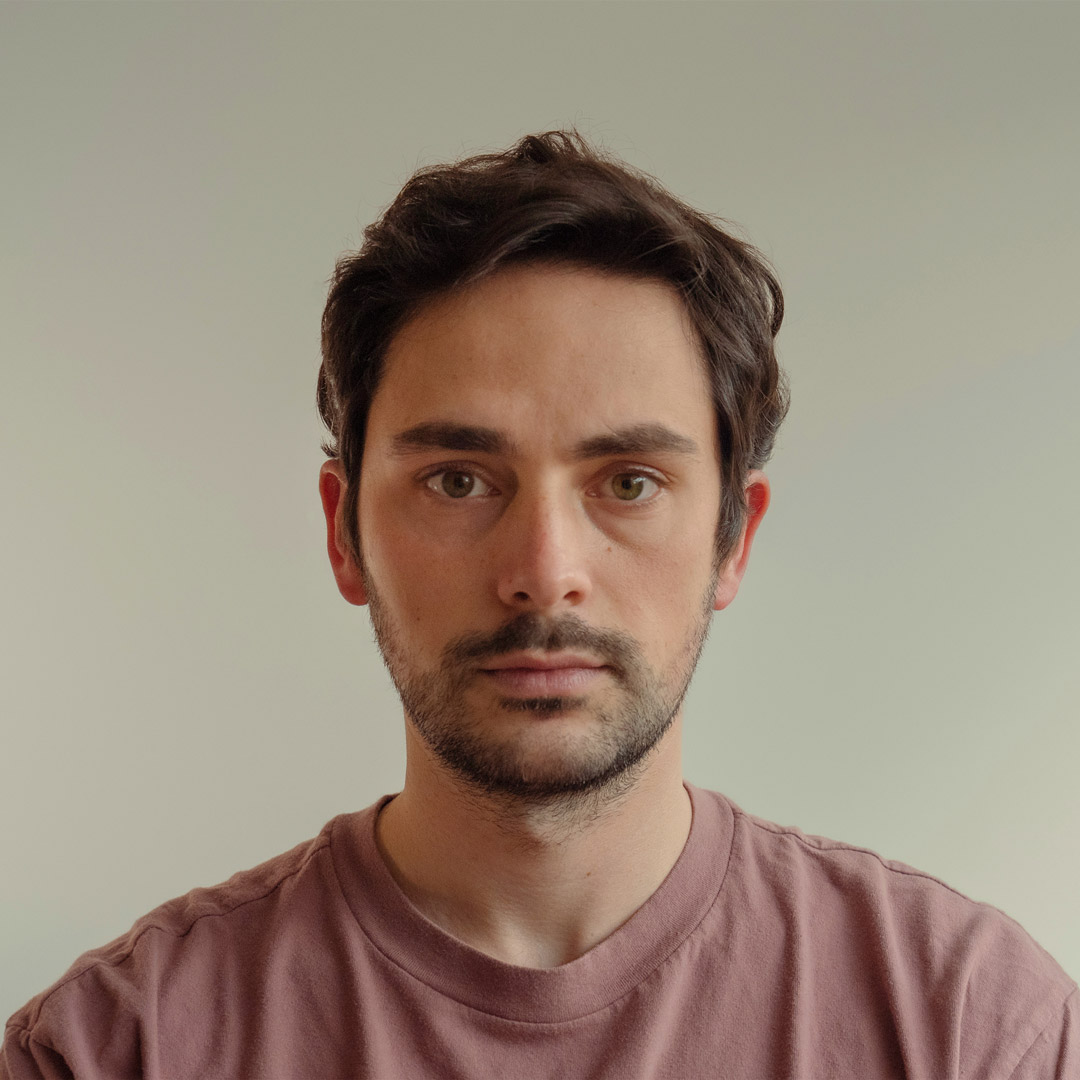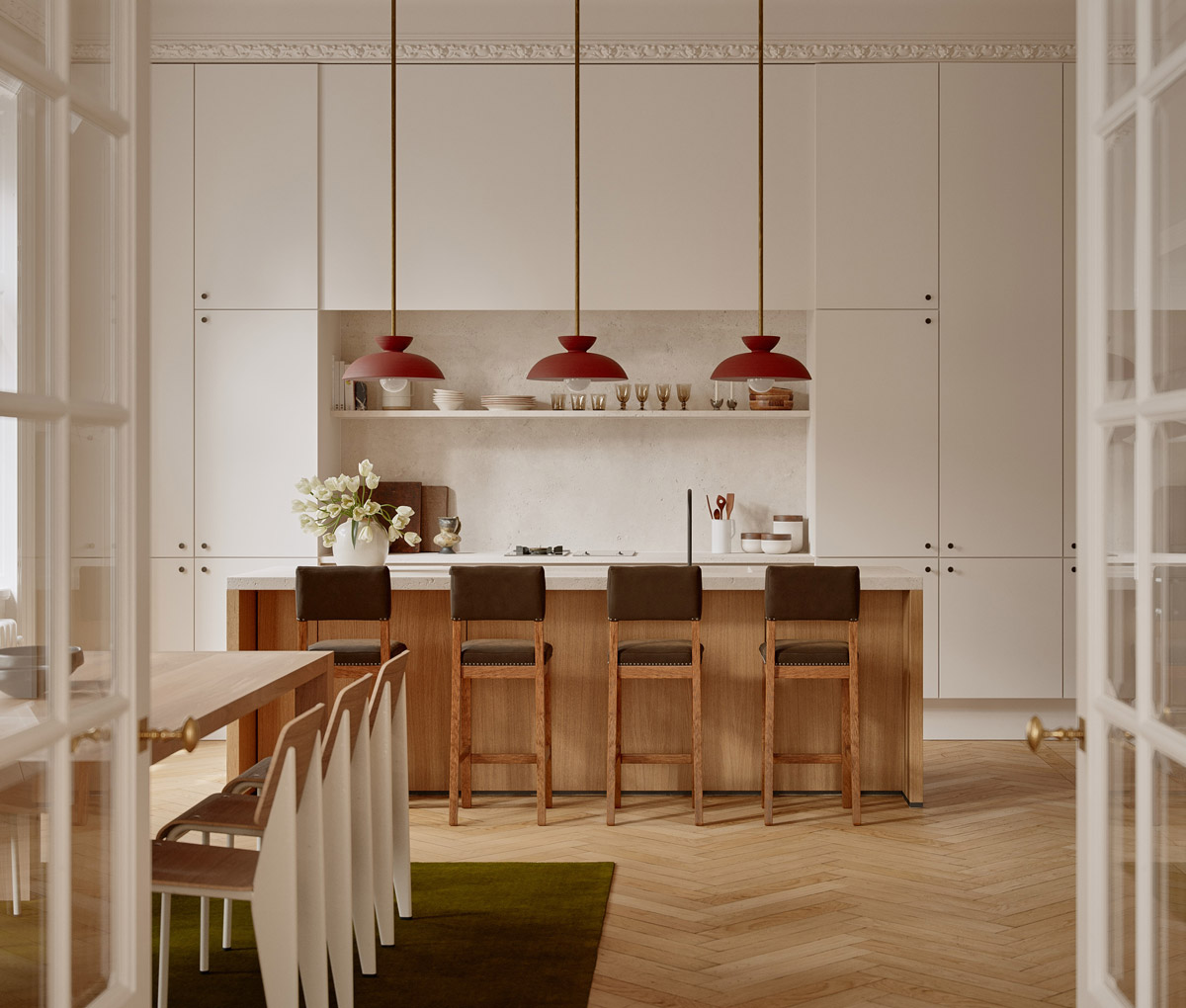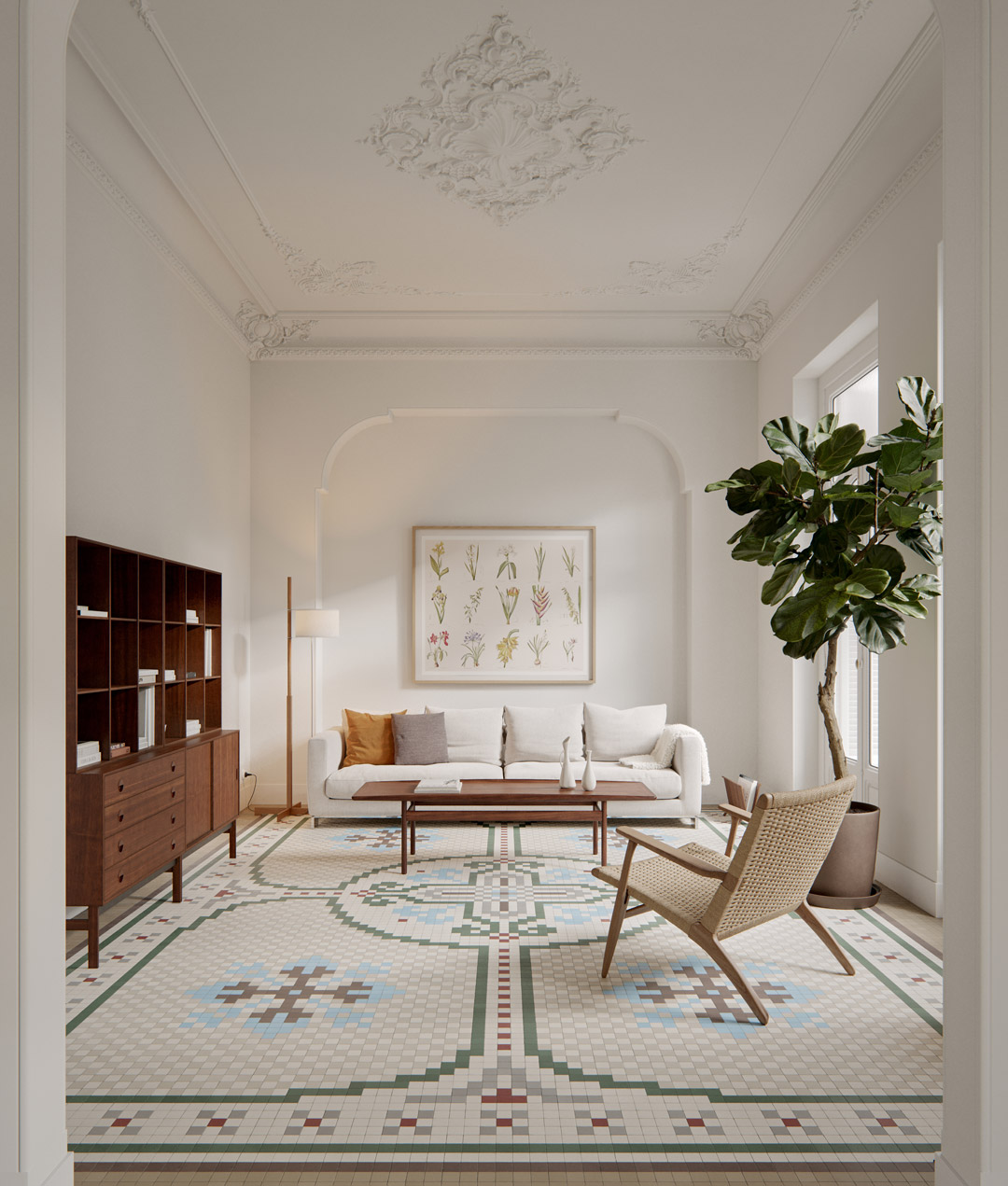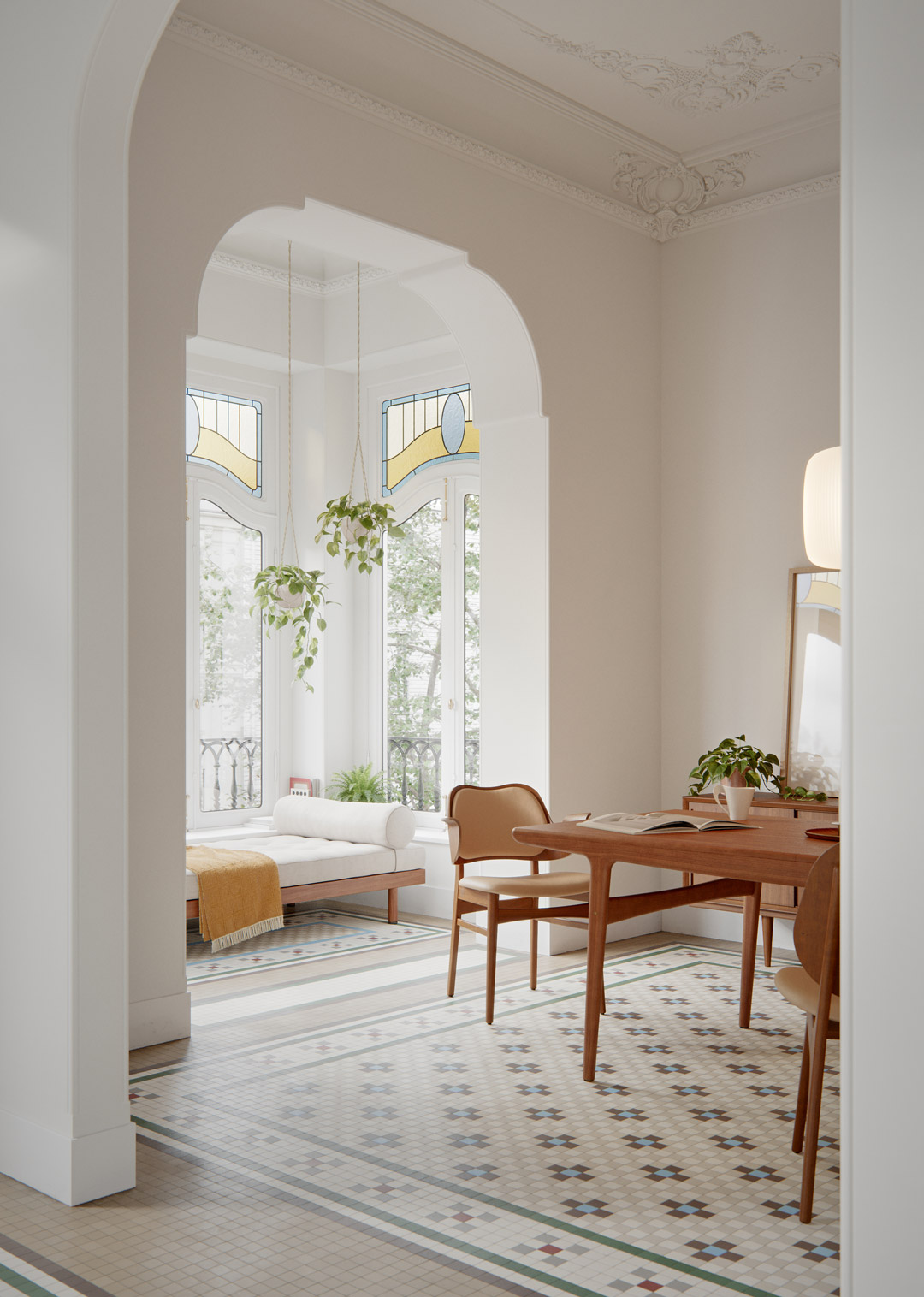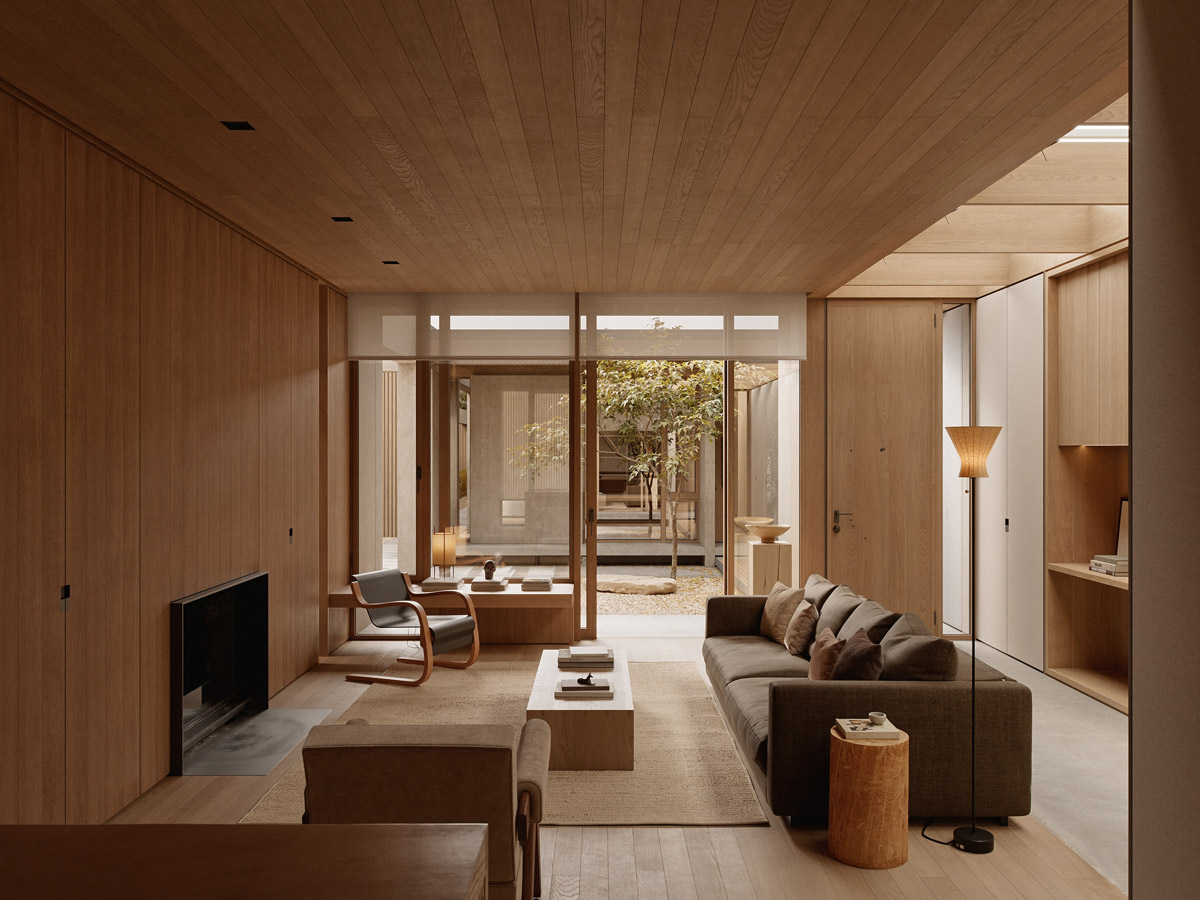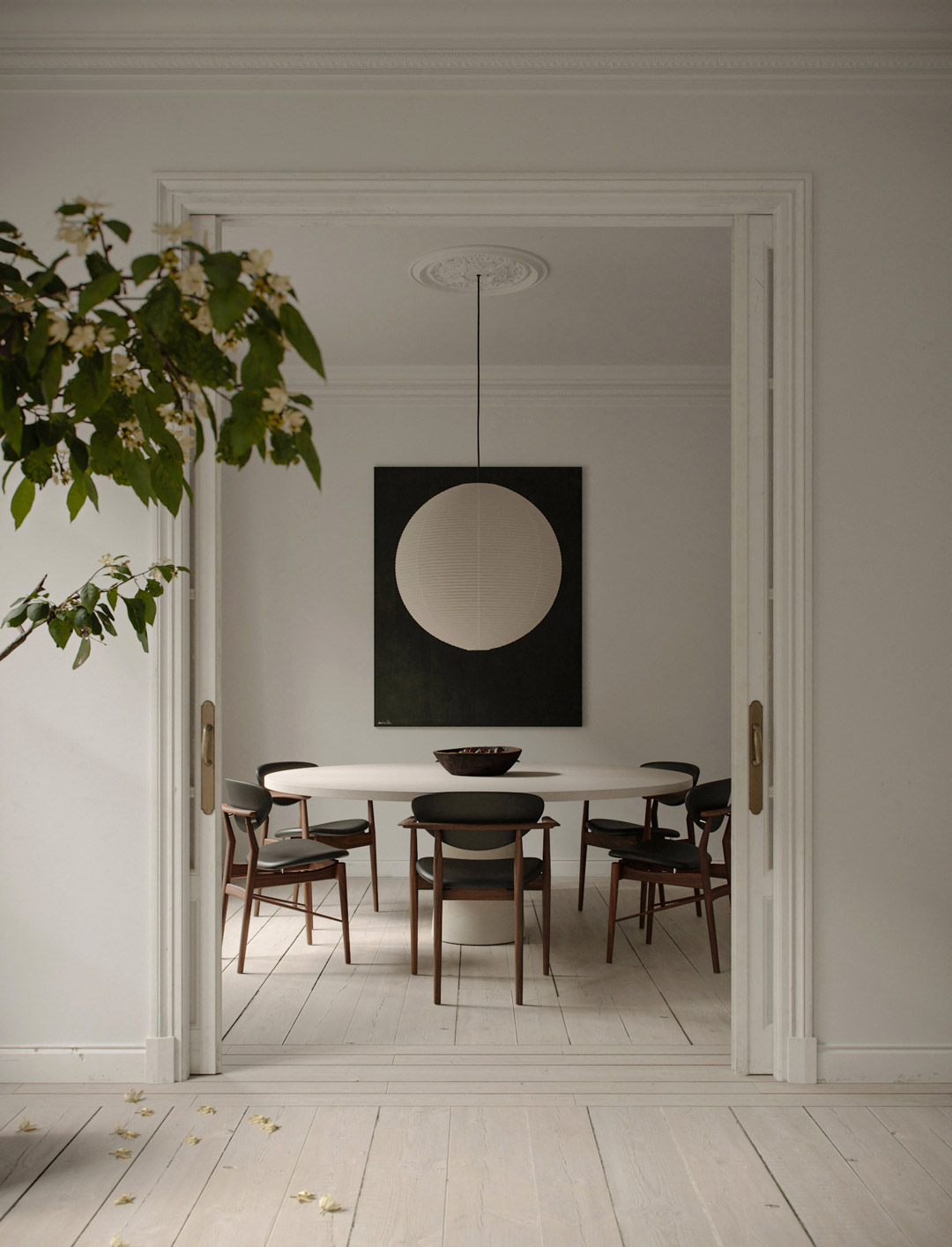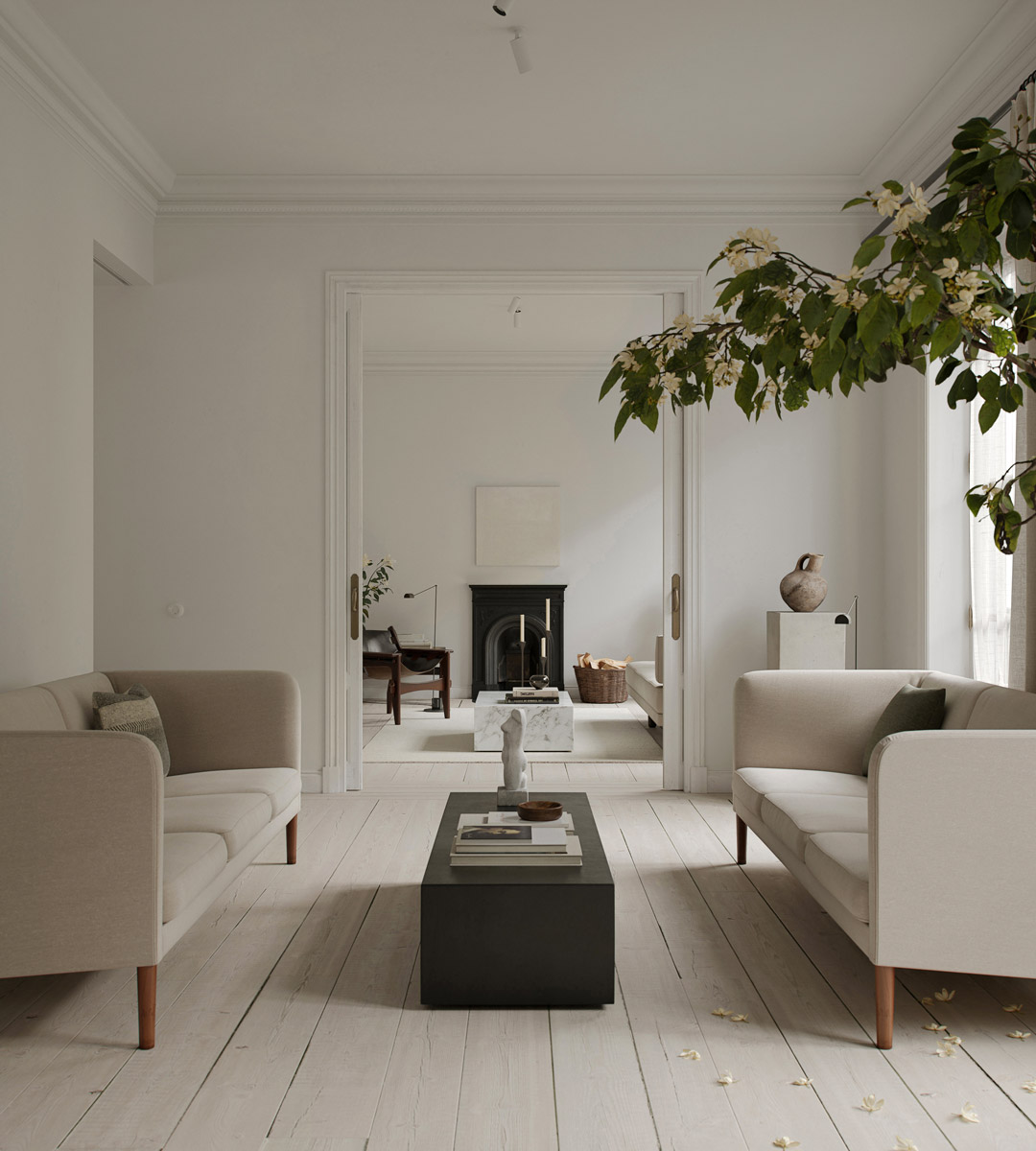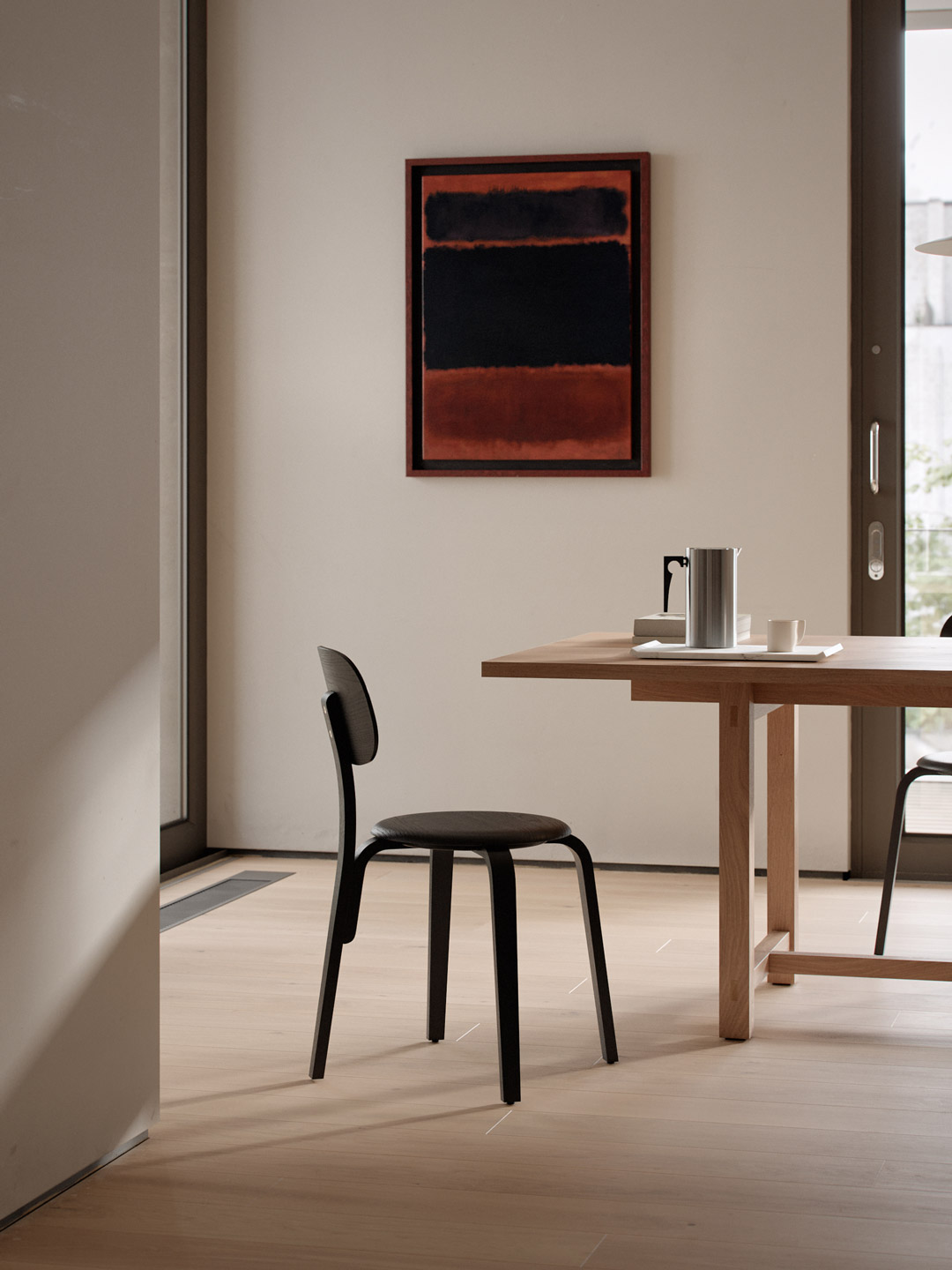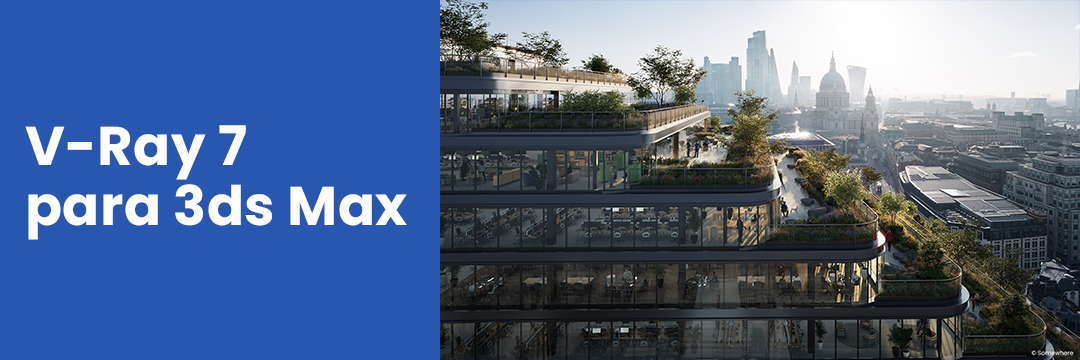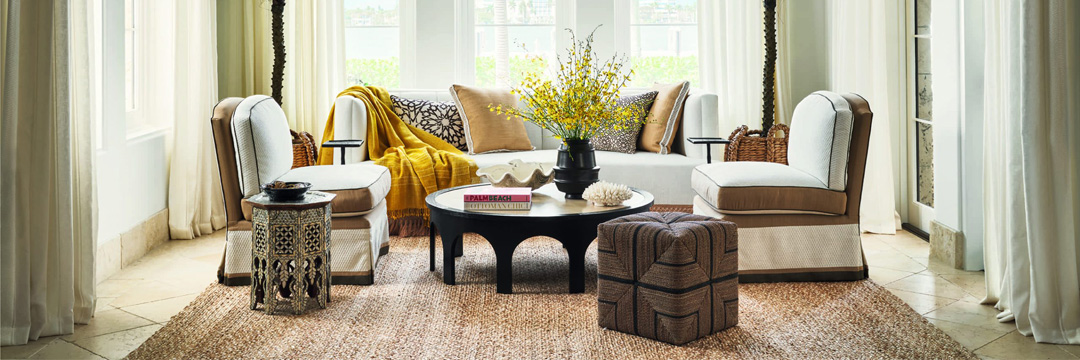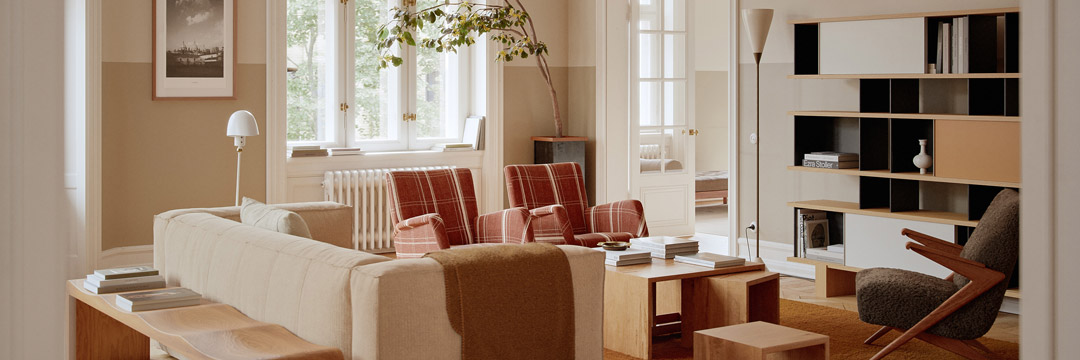
In this new post we have as a guest Gabriel Fabra, an architect specialized in Architectural Visualization who has an exquisite taste for details and decoration in interior design scenes. Don’t miss his work and his career because he can inspire you in your projects.
1. Considering your initial training in architecture, what motivated you to enter the world of Archviz?
I didn’t really start out of personal motivation, nor any interest in what CGI had to offer. Rather, it was due to a necessity, since in the course we are required to present the projects along with visualizations, so you had no choice but to learn. To my surprise I liked it and that’s why I continued developing it. I think one reason I was drawn to CGI is largely because of my personality. I consider myself a meticulous person and that fits well with the type of work that the archviz entails.
2. What was your learning process like in the world of 3D and what resources or techniques did you find most useful along this path?
When I started there weren’t as many resources as there are now so I got a lot of the information from forums and websites. I remember reading a lot of the tutorials that were posted on Ronen Bekerman as well as the entries on Bertrand Benoit’s website.
Perhaps what helped me the most to start with interiors were the videos of Johannes Lindqvist, he was one of the first who, with great quality in his work, began to share his process on video.
Although without a doubt, the most important thing has been the possibility of being able to do work constantly for a long period of time.
3. What references or inspirations have guided you in your career as a 3D artist?
Talking about references is always complicated, since they change over time and in my case they have changed as I have evolved in my professional career. At the beginning of my career they were all architects and as I have specialized in interior visualization they have become photographers and decorators. Although within the 3D industry they have always remained the same and I imagine that they coincide with those of many other people: Bertrand Benoit, Johannes Lindqvist, Daniel Reuterswärd, Bronxes Studio, Jakub Cech, with a special mention to Jonathan Nicholson since he is very active on his social networks.
4. Let’s talk about your personal projects. How have they influenced your professional development and your style as a 3D artist?
Personal projects and the idea of doing them have always been like an exercise to improve. The intention to do everything from scratch is due to this very reason. By making all the furniture, decoration and part of the materials yourself, it forces you to improve in all these aspects related to 3D. In the end, if you start generating a lot of models or textures you start to understand what things work best, what elements are important, etc. In the end, good images are not just about the models, or the textures, or the light. It is a set of all those things.
But beyond this, it is also important to exercise facets that are present in the production of an image but that perhaps are not so present. Aspects such as the architecture of a space, the composition, decoration, the use of color… Knowing how this affects your image is very important and mastering it is extremely difficult. In personal projects, all this is at your discretion and not so much at the imposition of a client, so you are the only one responsible if the image does not work. This responsibility also helps you realize what your weakest facets are.
5. In your projects, you see great attention to detail and the use of custom assets. In addition to techniques such as photogrammetry or photometric stereo to scan furniture and materials and the modeling of many resources. How do you think this adds value to your works?
I do believe that having your own assets makes your projects look more personal. People always want to see different things and it is difficult to find high-quality resources that are not recurring in the works you see online. Apart from this, I don’t think it adds much more value either. The reason why he used so many personal assets is because he tried to prioritize the decoration of a certain space over what I have available and this often forces me to have to make specific assets. I also try to have the best quality possible, but if I see that a resource is available and it is better than what I can generate, I will choose to use the best one and whether it is mine does not matter so much to me.
As for photogrammetry and photometric stereo, for me they are the best tools we have to generate digital replicas. And if they are used correctly you can get replicas of objects that are exact to the real ones. The only problem they have is that access to the actual object is needed and they require a lot of work time for each asset. However, the greatest advantage that 3D offers is being able to reuse all the resources in a very direct way. That is why I consider that the investment of time involved is worth it in most cases.
6. Could you describe a specific project that challenged you and led to a creative solution or a particularly satisfying artistic result?
Perhaps the most important project I have done has been that of Núñez de Balboa. Since it was the first project that marked what would be my way of working from then on. It was also the first personal project I did when I decided to focus solely on architectural visualization.
The idea for the project arose when I went to a photo shoot as a photography assistant on Núñez de Balboa Street in Madrid. The project was very different from what is seen in the images but many of the architectural elements were present. I loved this base and I considered the exercise of making a personal reinterpretation of what I would have done.
With my projects I always try to try different things. But if there is any project in my portfolio that represents my personal tastes, it would be this one.
7. With constant innovations in software and hardware, what tools do you consider essential in your current job and how do you stay up to date?
The truth is that I use a very limited number of programs. My work is very focused on interior visualization and I don’t usually do anything outside of that, so I don’t need a lot of different software. 3dsmax, corona render and photoshop are the base and the rest that I use are only for very specific things.
It’s hard to stay up to date especially now when it seems like a new tool comes out every month. I try to stay informed and try anything I think may have a use within my workflow. In any case, I like to keep things as simple as possible, so if it’s not a very substantial change, I always try to use the tools already incorporated into the software I have.
8. What is your personal vision for the future of the architectural visualization industry and how do you think it will evolve in terms of technology and artistic trends?
I believe that the trend in architectural visualization is moving towards real-time visualization and greater interactivity between the user and the 3D model. I think speed and fast workflows are sought over photorealism. The only thing that remains contrary to this is the product visualization, where realism is sought above all. I think this will continue as long as the medium that companies use to show their products continues to be mainly the image. Although this may change if technology improves. Since the main impediment that companies see for animations and videos is the cost of their production,
On the other hand, the development of AIs is going to be the main challenge we face in the coming years. I think what change it will mean for the industry is very difficult to predict, especially given the speed at which they are developing. But its incorporation into our workflows is going to be mandatory.
9. What advice would you give to someone considering making the transition from a traditional career to one more focused on digital art?
Perhaps the most important thing is to have some skill beyond 3D itself. I think that realism in images is already taken for granted and the effort it entails is not valued. As generating content becomes easier, and it is becoming easier, the process itself loses value. Now if you want to stand out you have to complement it with something else: art direction, photography, design… Or any other facet to which you feel attracted. That’s important, it has to be something that really attracts you. If you don’t feel passionate about what you do, you won’t be able to stand out, especially when the competition is as strong as it is now.
I hope you have enjoyed this interview, if you are interested in learning more about Gabriel Fabra’s work, you can visit the following links:

